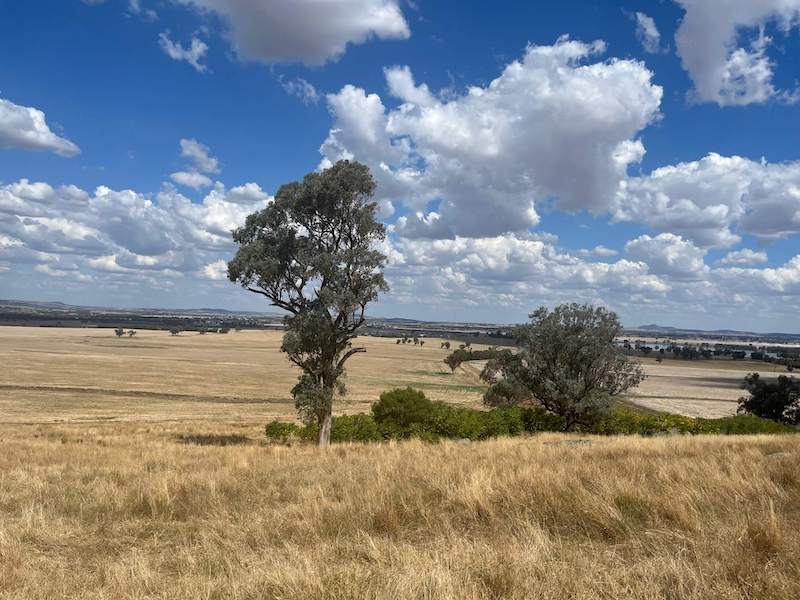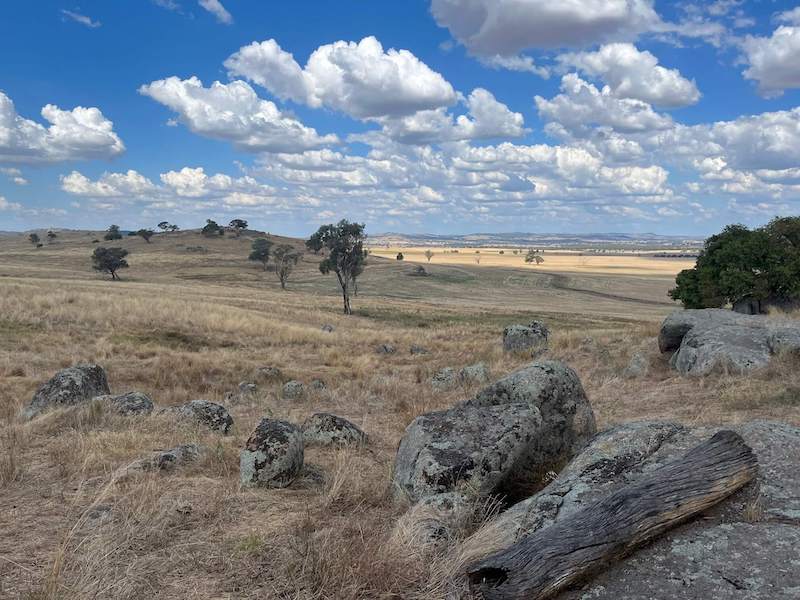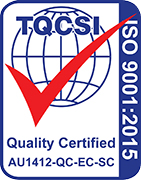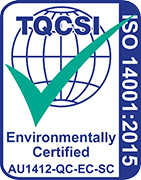Environmental Plantings Feasibility and Design Project
The Water & Carbon Group secured a contract for conducting a feasibility assessment and detailed design to establish a Reforestation by Environmental or Mallee Plantings (FullCAM) Method (Environmental Plantings) project. The site location is on farmland in the Inland Slopes/Riverina region of New South Wales and has a long history of cropping and livestock production.
Project Summary
As part of a review of the client’s commitment to achieving an emissions reduction, in line with the Paris Climate Accord, the potential for the site to achieve carbon sequestration outcomes was evaluated.
Encompassing roughly 1,020 hectares of farming land in the northern Riverina district of NSW, the subject site has been farmed for several generations, with only small remnants of vegetation remaining.
Given the site’s long history of cropping and sheep grazing, there was limited potential for natural regeneration of a healthy forest ecosystem should farming activities cease to continue.
Due to extensive clearing across the region, limited residual areas of characteristic Plant Community Types have managed to persist.
The widespread clearing also led to limited connectivity between these remnants, hindering the establishment of ‘biolinks’.
To limit any potential increased risk to surrounding enterprises, a reduced fire-risk solution was deemed preferable.
860
550 - 1,060
trees per hectare
175000
tCO2e potential abatements
Project Summary
As part of a review of the client’s commitment to achieving an emissions reduction, in line with the Paris Climate Accord, the potential for the site to achieve carbon sequestration outcomes was evaluated.
Encompassing roughly 1,020 hectares of farming land in the northern Riverina district of NSW, the subject site has been farmed for several generations, with only small remnants of vegetation remaining.
Given the site’s long history of cropping and sheep grazing, there was limited potential for natural regeneration of a healthy forest ecosystem should farming activities cease to continue.
Due to extensive clearing across the region, limited residual areas of characteristic Plant Community Types have managed to persist.
The widespread clearing also led to limited connectivity between these remnants, hindering the establishment of ‘biolinks’.
To limit any potential increased risk to surrounding enterprises, a reduced fire-risk solution was deemed preferable.
Solution
The Water & Carbon Group carried out both desktop and on-site assessment of the site capacity to produce trees.
Our in-house capacity to collect soil samples and interpret soil analyses meant we were able to thoroughly interrogate soil health data, identifying amelioration and stratification requirements to achieve the highest yield outcome for the site.
The site was stratified according to:
- Four soil types
- Three land form group
- Three land management classes
- Five planting group types
- Stratified into 21 Carbon Estimation Areas
- Various exclusions to support protection of remnant paddock trees, biodiversity, and future co-benefits
We provided a design and implementation plan with the capacity to achieve co-benefits which would support biodiversity, cultural, and social outcomes in addition to the carbon abatement outcomes.

Outcomes
The Water & Carbon Group devised a planting design which was reflective of a range of regional and soil-type appropriate Plant Community Types, utilising a mix of live stems and direct seeded shrubby under-canopy trees and shrubs, to create a cost-effective, biodiverse, and environmentally sensitive planting.
The implementation and management plan was devised in a way to ensure a high level of tree establishment, positive biodiversity outcomes, and minimised risk to business and community assets through fire and pest reduction practices.
The client expressed a high level of satisfaction with our capacity to collaborate with local suppliers and keepers of local knowledge. They commended the team's commitment to maximising project benefits while strategically managing costs and optimising outcomes for both the business and community. This approach ensured economic feasibility without jeopardising the project's viability.
860
hectaresof reforested land
550 - 1,060
trees per hectare
175,000
tCO2e potential abatements


“The team displayed a clear passion for the work they do and this came through in the documentation and design work delivered.
We particularly appreciated the team’s focus on including as much additional project benefit as possible, whilst devising approaches to control costs, thus optimising project outcomes for the business and community without ‘gold plating’ and making the project unfeasible from an economic perspective."









